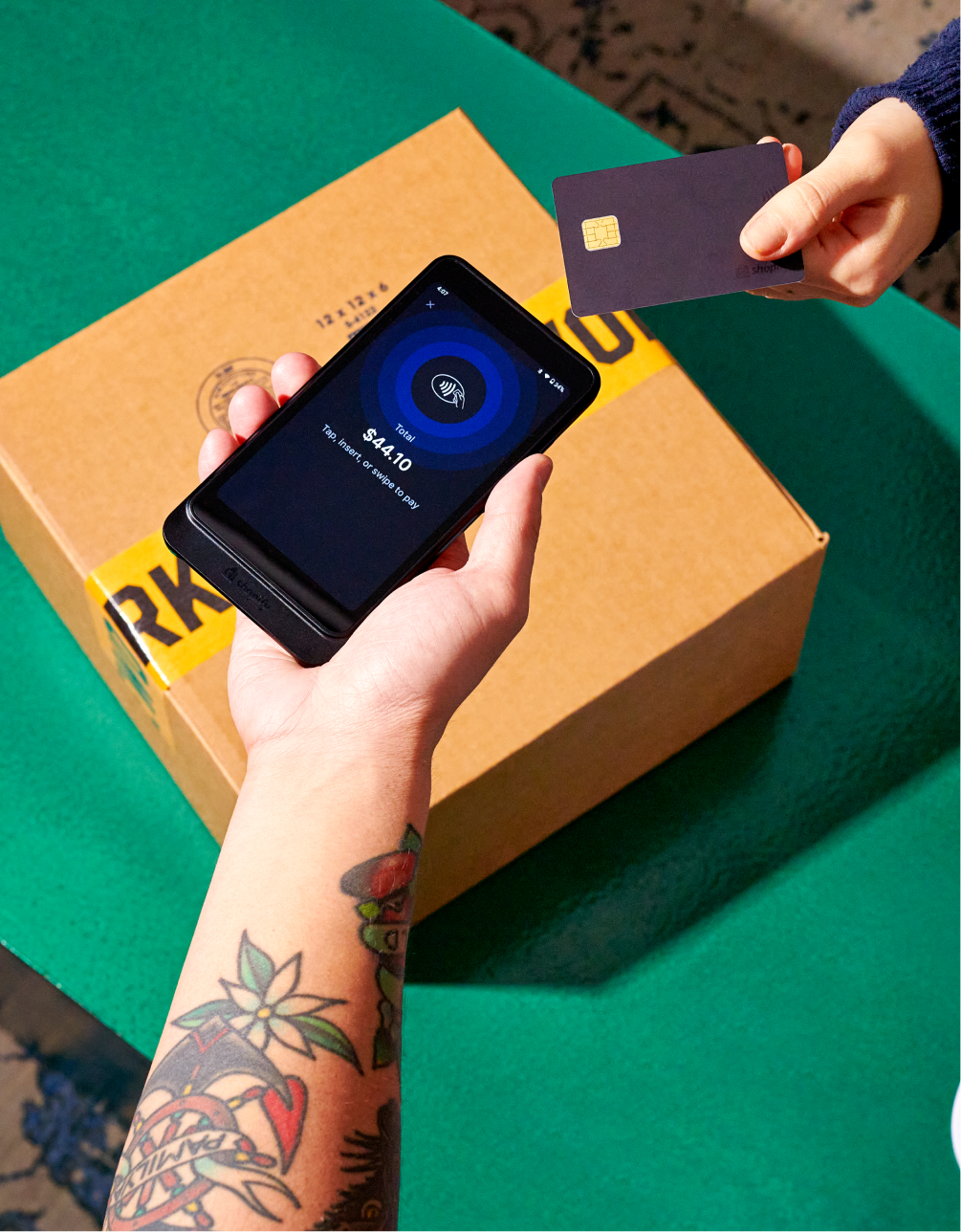- 100% Pure leans on the Shopify API to integrate inventory, product information, and digital resources into a custom ERP
- Rebecca Minkoff offers comprehensive multi-location options, allowing shoppers more than 70 currency choices
- Nanoleaf customers faced big tariffs until Nanoleaf used Shopify Plus to set up international storefronts with local warehousing
The largest consumer retailers in the world share many things, not least among them standout products, leadership, and execution.
Wrapped in all that, for the best to truly succeed, is an international ecommerce strategy that removes logistics hurdles, smooths the international shopping experience, and makes global buying feel more like local shopping.
From ERP integrations to multi-currency selectors and international warehousing, here are three keys from 100% Pure, Rebecca Minkoff, and Nanoleaf — three enterprises with a combined annual revenue above $100 million — to scale your global ecommerce business.
ERP Integrations
100% Pure was a natural cosmetics company on a rocket ship: a start-up began in a California farmhouse, more than a dozen retail locations, and ecommerce stores in five countries.
It was great. It was complex. It required a solution. To better manage its intricate operations, 100% Pure leaned on the Shopify API to create a collection of custom connections that allowed it to easily sync:
- Inventory
- Product information
- Digital resources
In one place, the company found it could log-in, update each of its digital and physical properties, and completely integrate and assemble nearly its entire commerce backend.
Inventory levels would automatically update once an order was fulfilled. Product descriptions would sync across any international store or retail location. Even new product images could go out in a snap to every relevant page they needed to appear on.
“I just hit the sync button and it’s done,” says Quan Nguyen, 100% Pure’s then vice president of technology. “We save so much time being able to sync everything across multiple stores.”

Currency Selectors
Few brands in fashion carry the cachet of Rebecca Minkoff, where runway style and smart technology have joined to create an haute couture line unlike many of its contemporaries.
But with such a heavyweight ecommerce presence, Rebecca Minkoff could not truly go global unless it featured the right user experience to go alongside it.
Shopping is made seamless with multiple currency options, both for customers to view while browsing and also to consider when checking out.
Rebecca Minkoff complements its global reach with a currency selector that supports more than 100 countries and over 70 currencies.

The simple drop-down bar says it all: shoppers can easily select their shipping destination and preferred currency, and the rest is as they know it. True global ecommerce, but with the intimacy and familiarity of local web shopping.
For more on multi-currency and local payment methods …
Take a look at two of the exciting product announcements we made earlier this month at Shopify Unite:

Fulfillment Solutions
Nanoleaf was a hit, the kind of viral, gotta-have product that spreads through the retail world like wildfire.
But as it grew, the LED light maker noticed a hitch. Its global audience loved their orders, but many of Nanoleaf’s international customers were being dinged by obscene taxes, tariffs, and additional courier fees the retailer hadn’t foreseen.
“I remember thinking, ‘Wow, we need to do better internationally so our customers aren’t being surprised with unexpected taxes and fees at their doorstep,’” says Paul Austin-Menear, Nanoleaf’s director of digital strategy. “If it was me, I’d be mad, too.”
It has become a growing pain felt by fast-growing merchants expanding across the globe.
To solve its hiccup, Nanoleaf revamped its international supply chain, logistics, and fulfillment strategies by upgrading to Shopify Plus, where it set up global storefronts fed by strategically-located warehouses.
Not only did the new global storefronts solve many shipping and tariff headaches, but shoppers could also now checkout in their own currencies, in their native language, often with local deliveries that were faster and less expensive than their previous international providers.



“Our motivation was simple: be better for the customer every single day,” says Austin-Menear. “We need to offer customers a better experience and get them their orders in a timely manner, and that’s what our international storefronts and warehouses allow us to do.”
Want help expanding your global ecommerce business?
That’s exactly why we created a step-by-step framework to grow beyond borders: The Global Ecommerce Playbook.






